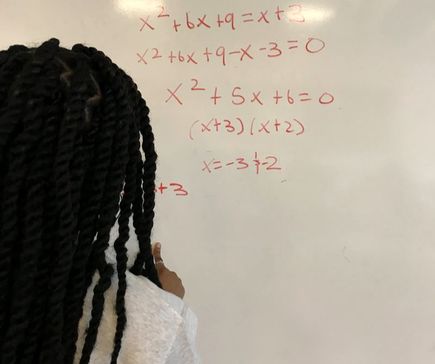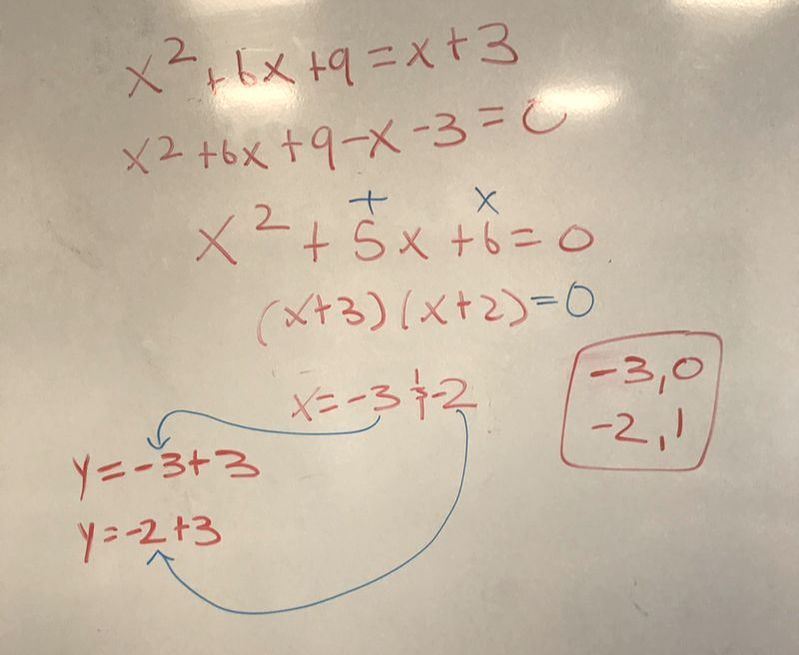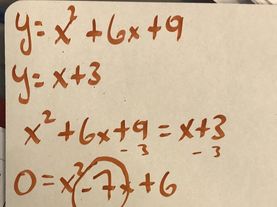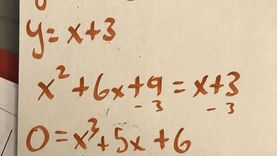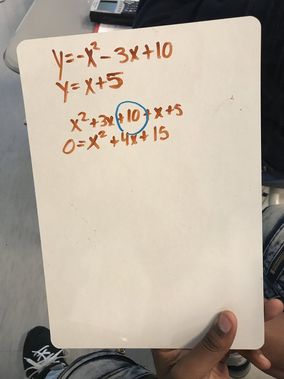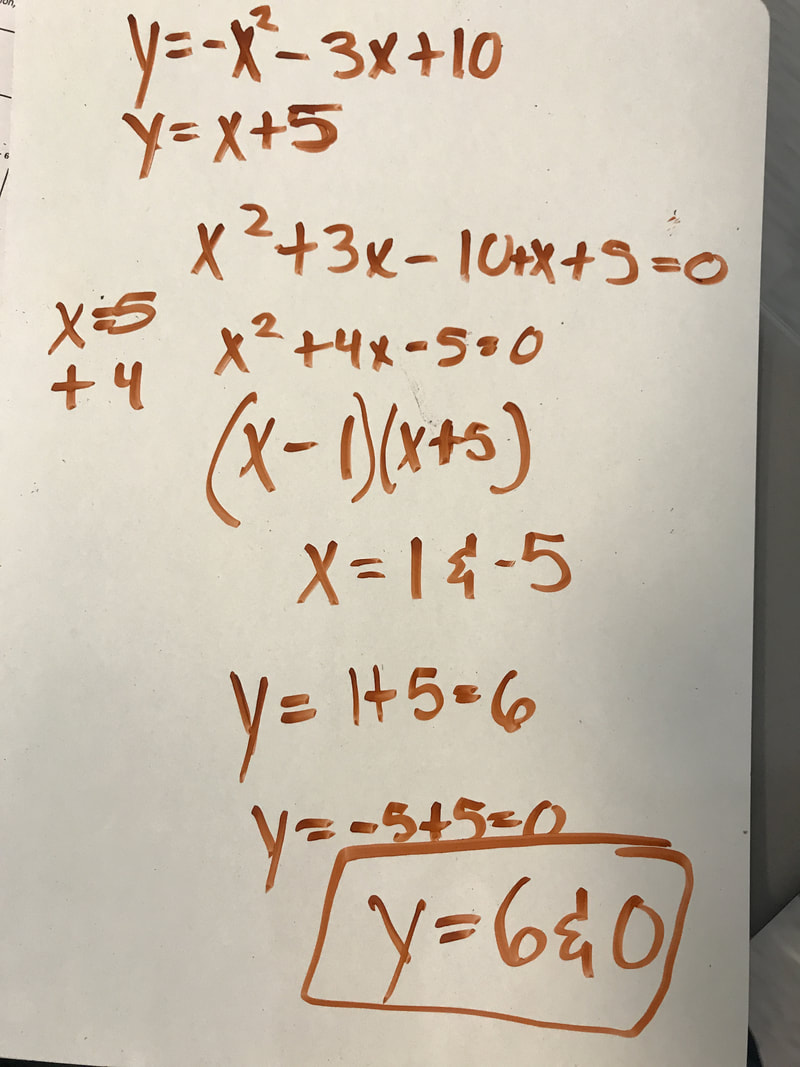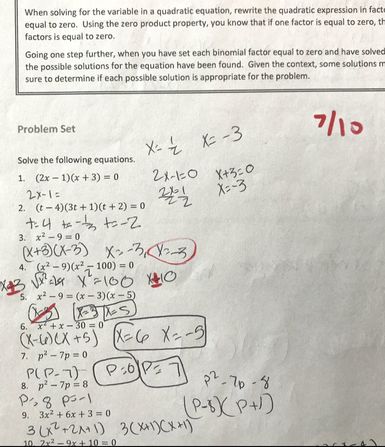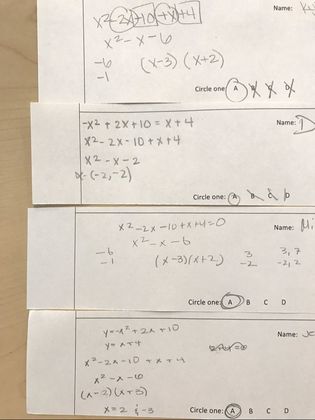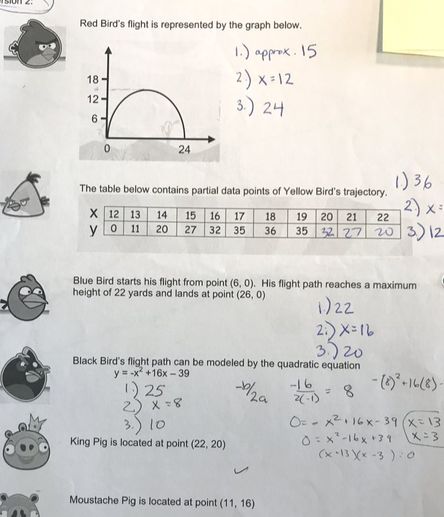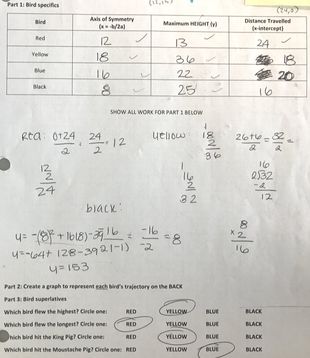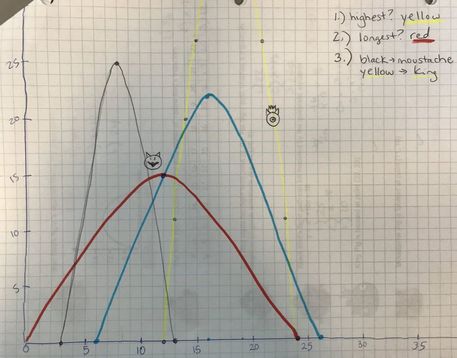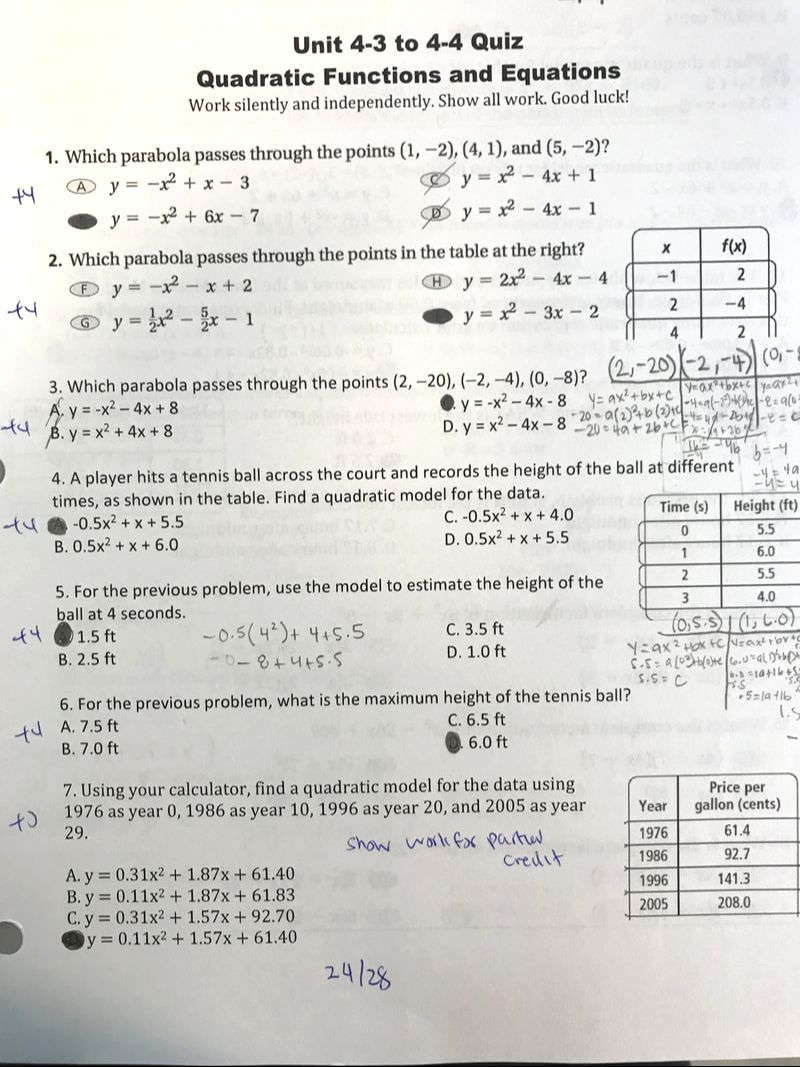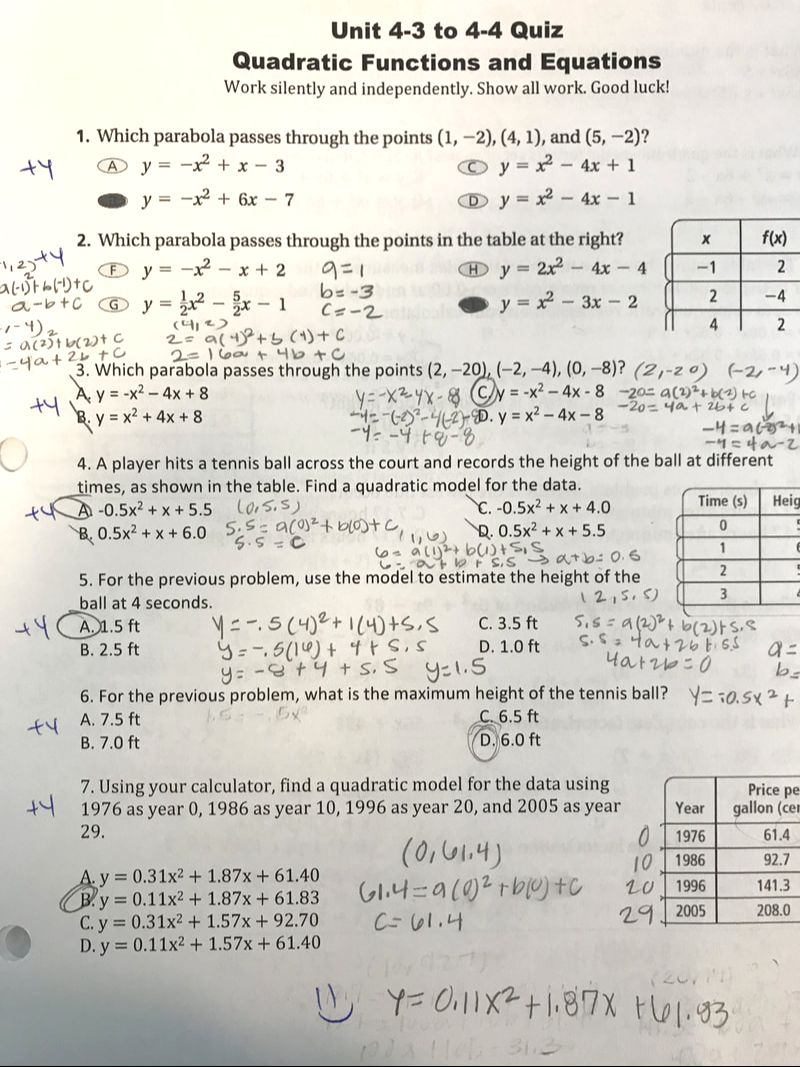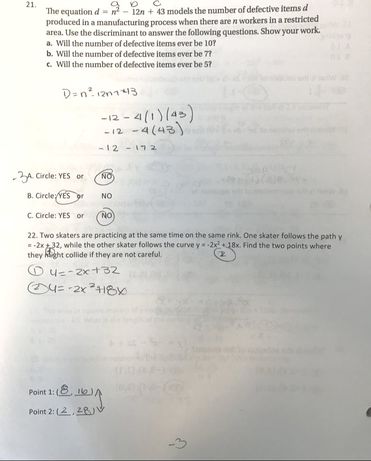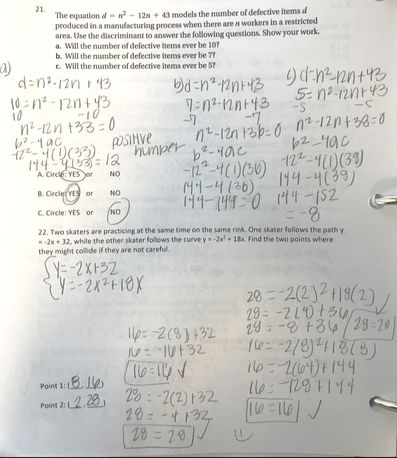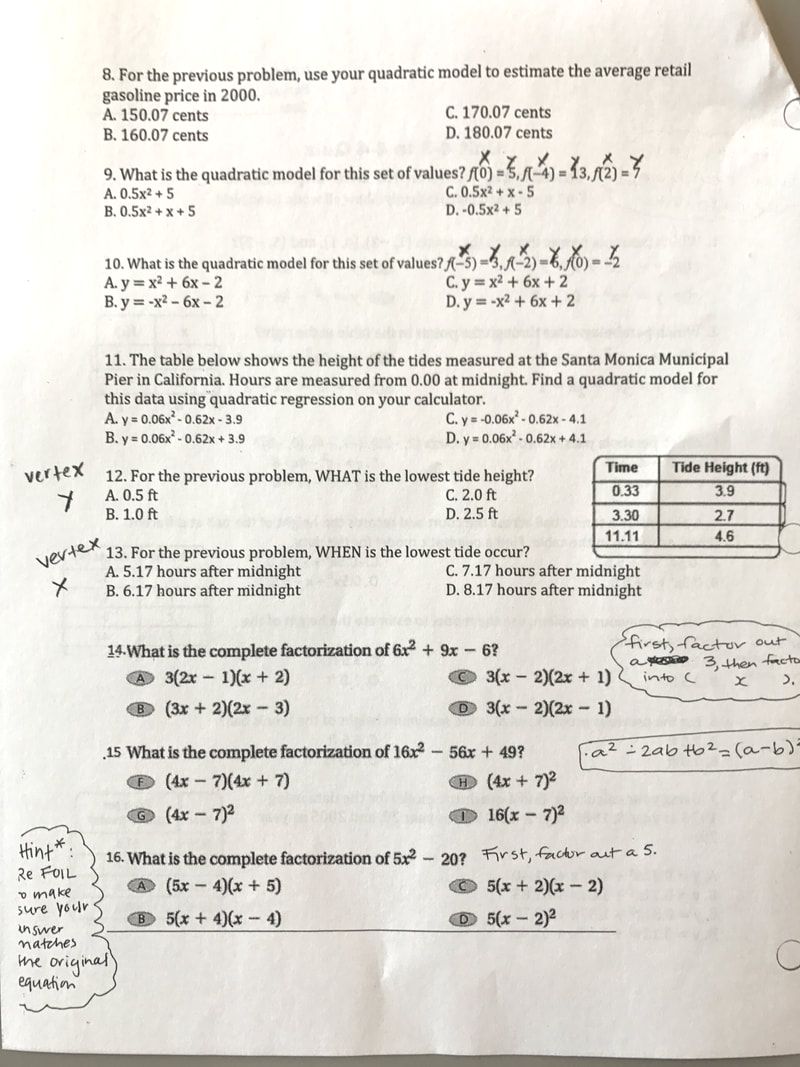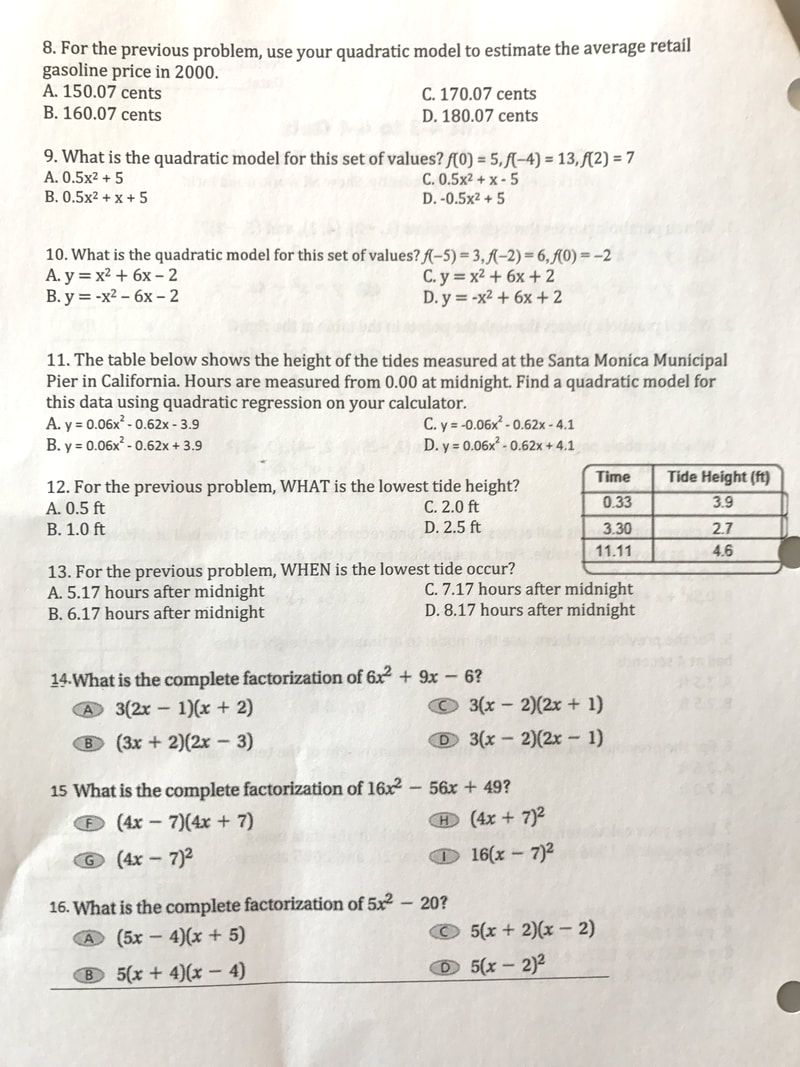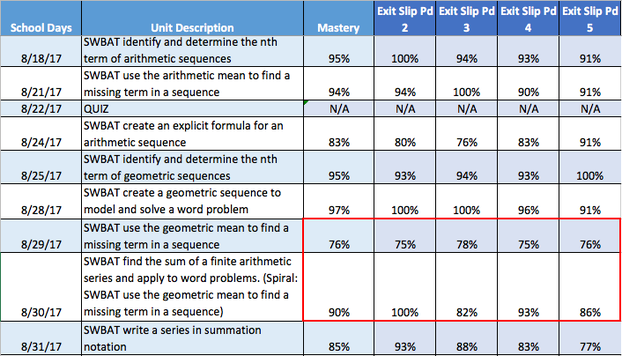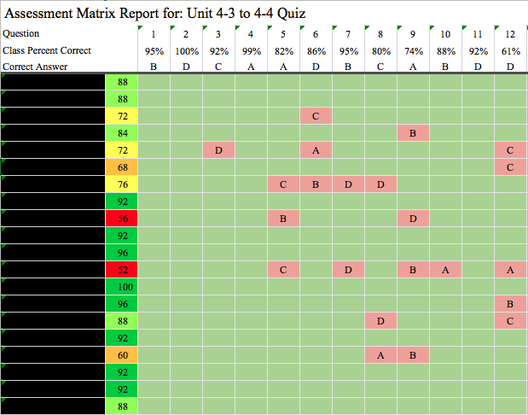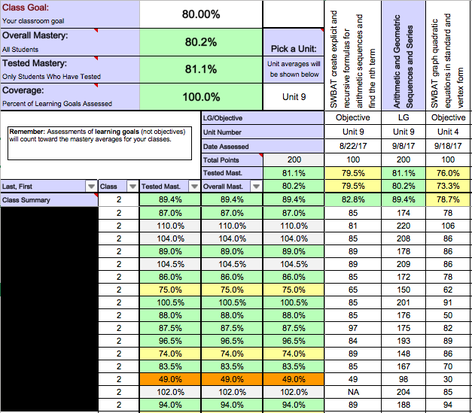Algebra II Mastery
ALGEBRA II OVERVIEW
Algebra II is a continuation of algebraic and geometric concepts developed in Algebra I and Geometry. For most of my students Algebra II is their final full-year high school mathematics course. Students review solving linear expressions, equations, and inequalities. Then, they learn how to express functions and solve equations in function families such as quadratic, polynomial, radical, rational, logarithmic, and periodic functions. Arithmetic and geometric sequences and series, and probability and statistics are also explored.
My curriculum is comprised of units. Each function family or topic is a single unit. During a unit, student mastery is assessed daily through formative assessments, and weekly through summative assessments. Formative assessments allow me to quickly determine the depth of student understanding and address common mistakes. Summative assessments such as major quizzes, tests, and projects gauge long-term understanding and application of Algebra II standards. My students and I regularly track progress on formative and summative assessments.
Please scroll down or click the table of contents below to learn more about my formative assessments, summative assessments, special education accommodations, and data-driven instruction in Algebra II.
TABLE OF CONTENTS
Formative Assessments in Algebra II
Summative Assessments in Algebra II
Special Education Accommodations
Data-Driven Instruction in Algebra II
Algebra II is a continuation of algebraic and geometric concepts developed in Algebra I and Geometry. For most of my students Algebra II is their final full-year high school mathematics course. Students review solving linear expressions, equations, and inequalities. Then, they learn how to express functions and solve equations in function families such as quadratic, polynomial, radical, rational, logarithmic, and periodic functions. Arithmetic and geometric sequences and series, and probability and statistics are also explored.
My curriculum is comprised of units. Each function family or topic is a single unit. During a unit, student mastery is assessed daily through formative assessments, and weekly through summative assessments. Formative assessments allow me to quickly determine the depth of student understanding and address common mistakes. Summative assessments such as major quizzes, tests, and projects gauge long-term understanding and application of Algebra II standards. My students and I regularly track progress on formative and summative assessments.
Please scroll down or click the table of contents below to learn more about my formative assessments, summative assessments, special education accommodations, and data-driven instruction in Algebra II.
TABLE OF CONTENTS
Formative Assessments in Algebra II
Summative Assessments in Algebra II
Special Education Accommodations
Data-Driven Instruction in Algebra II
